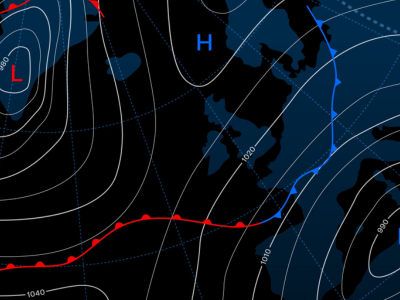For over 60 years, no new official cloud classification has been introduced. However, meteorologists are now advocating for Undulatus asperatus to be included in the official atlas of the United Nations’ weather agency, the World Meteorological Organization (WMO). The WMO has been trying to recognize and include a new cloud type in its official atlas for 63 years. The new cloud class will be called Undulatus asperatus, which means “agitated waves.” The last time a new cloud type was officially recognized was in 1951, with Cirrus intortus.
Undulatus asperatus clouds resemble a painting by Vincent van Gogh, with impressive waves brushing across the sky and white-gray color patterns dominating the landscape. “It looks like the surface of the sea on a turbulent day, viewed from below,” says Gavin Pretor-Pinney of the Cloud Appreciation Society, a kind of cloud fan club. Pretor-Pinney and many others have been advocating for the recognition of Undulatus asperatus. About nine years ago, he first saw photos of this unique cloud. “They seemed very unusual to me.” Compared to other Undulatus clouds, they appeared much more turbulent. Pretor-Pinney secured the support of numerous scientists, and his cousin provided the cloud’s Latin name. He then called on cloud hunters worldwide to send him photos of the spectacular cloud. Later, he submitted his proposal to the WMO.
Undulatus asperatus has been described by meteorologists for decades. The clouds clearly show air movements in the sky. They form when air currents with significantly different temperatures and humidity levels meet. In some cases, these mix, and air waves are created. Clouds make these rare turbulences visible. However, the exact process of why a wave-like mixture occurs still needs to be researched. “Clouds are not just rain and hail,” says Pretor-Pinney. Clouds are complex structures whose details are better recognized by proper names. Therefore, a unique name was needed for this particular cloud form.
In conclusion, the inclusion of Undulatus asperatus in the official atlas of the WMO would be a significant achievement for meteorologists and cloud enthusiasts worldwide. This new cloud classification would provide a better understanding of the complex structures of clouds and their unique characteristics.










